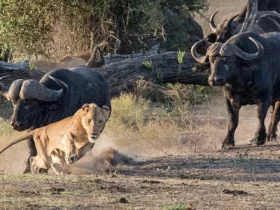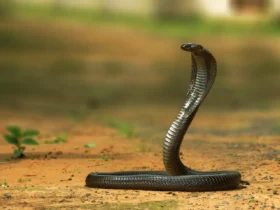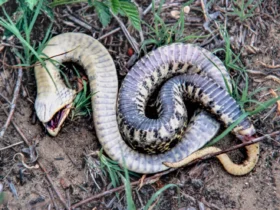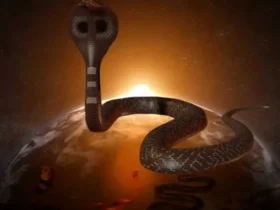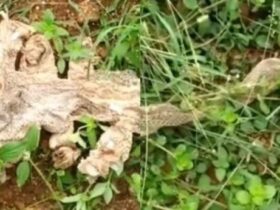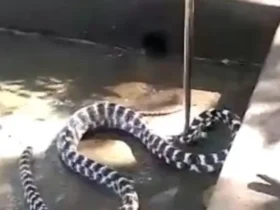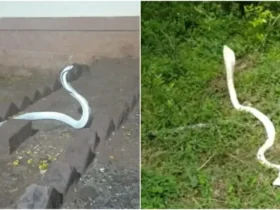A member of the Bathurst Regional Council discovered a rare white echidna roaming around the city and named it Raffie, after the coconut candy Raffaello.
“The short-beaked echidna (Tachyglossus aculeatus) is very shy and elusive. Spotting a white short-beaked echidna is extremely rare,” a representative from the Bathurst Regional Council told Newsweek on May 5th. The condition causing the white coloration is called leucism, which prevents the animal’s body from producing melanin pigment, resulting in unusual white fur.
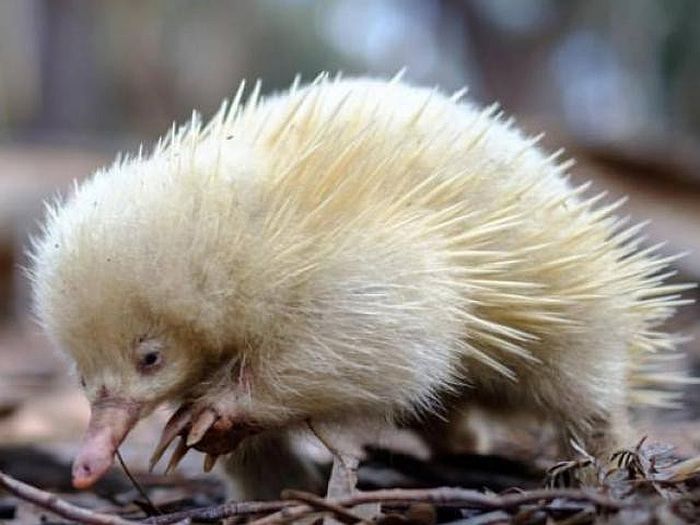
Short-beaked echidnas are widely distributed throughout Australia. However, they are rarely seen in the wild due to their secretive lifestyle. According to the Australian Museum, this species is easily recognizable by its sharp spines, short limbs, and distinctive snout.
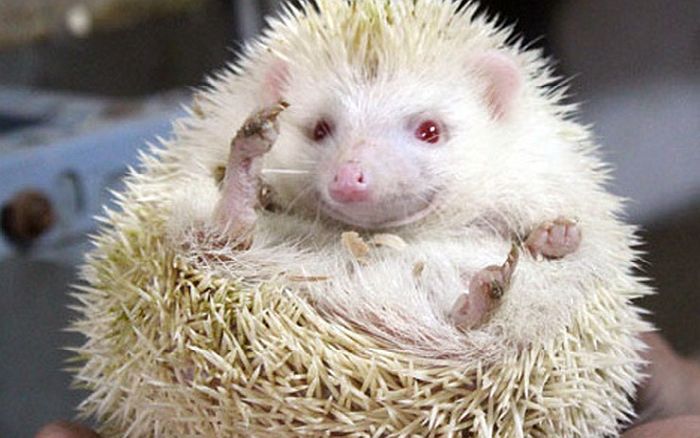
“Their spines act as a defensive barrier against predators. When faced with a threat, they will curl up into a ball, pointing their sharp spines outwards, or they will move and burrow into the ground for safety,” said the Bathurst Regional Council representative.
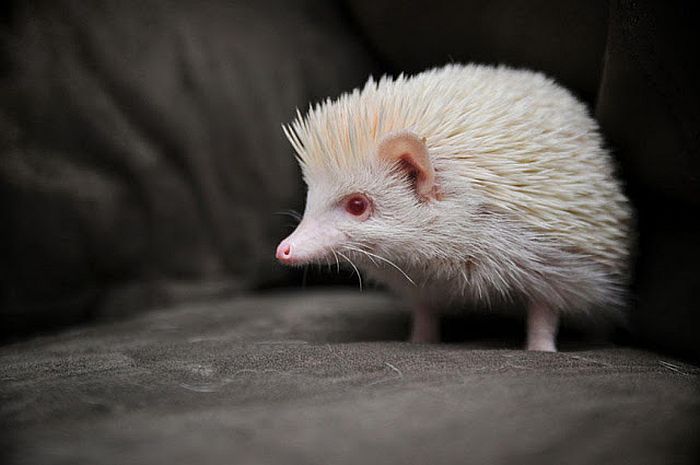
Echidnas and platypuses are rare examples of egg-laying mammals. Around one month after mating, the female echidna will lay a soft-shelled egg into her pouch. The egg will hatch after approximately 10 days.
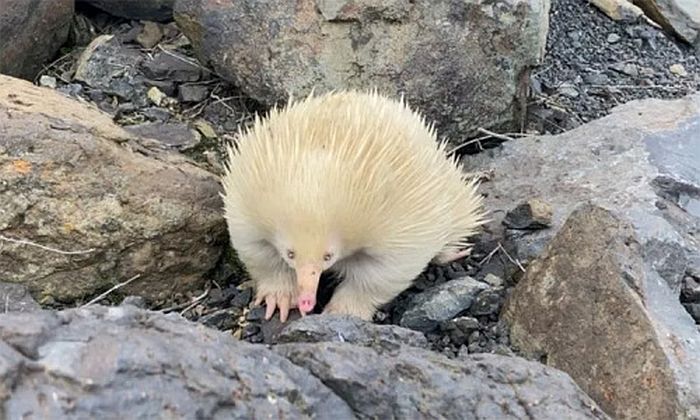
Short-beaked echidnas play an important role in the local ecosystem and are often referred to as “ecosystem engineers.” “They spend a lot of time digging and shifting soil to search for prey such as termites and ants. This helps improve soil quality by turning and mixing organic matter. They break up hard soil, allowing seedlings to emerge, while also enhancing water filtration and increasing soil moisture,” explained the Bathurst Regional Council representative.
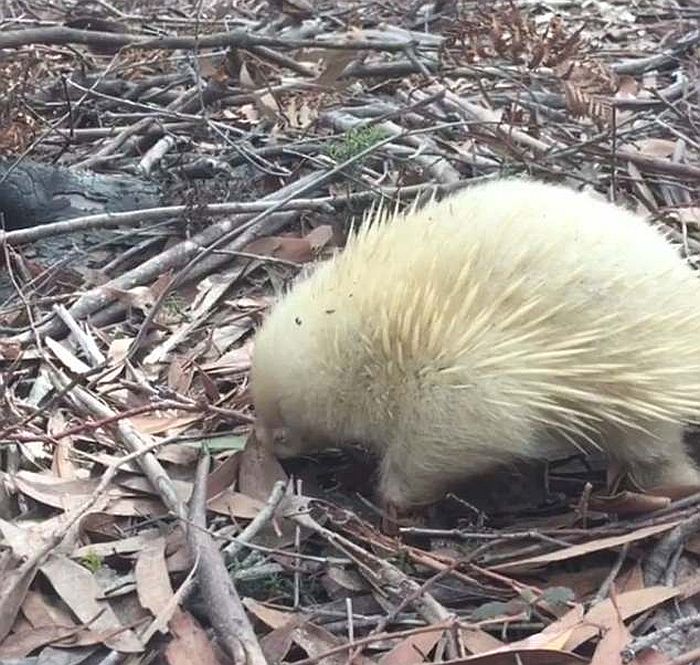
Short-beaked echidnas also assist in the spread of mycorrhizal fungi. This is crucial for plant health and biodiversity, as mycorrhizal fungi help native plants absorb nutrients from nutrient-poor soils in Australia.
